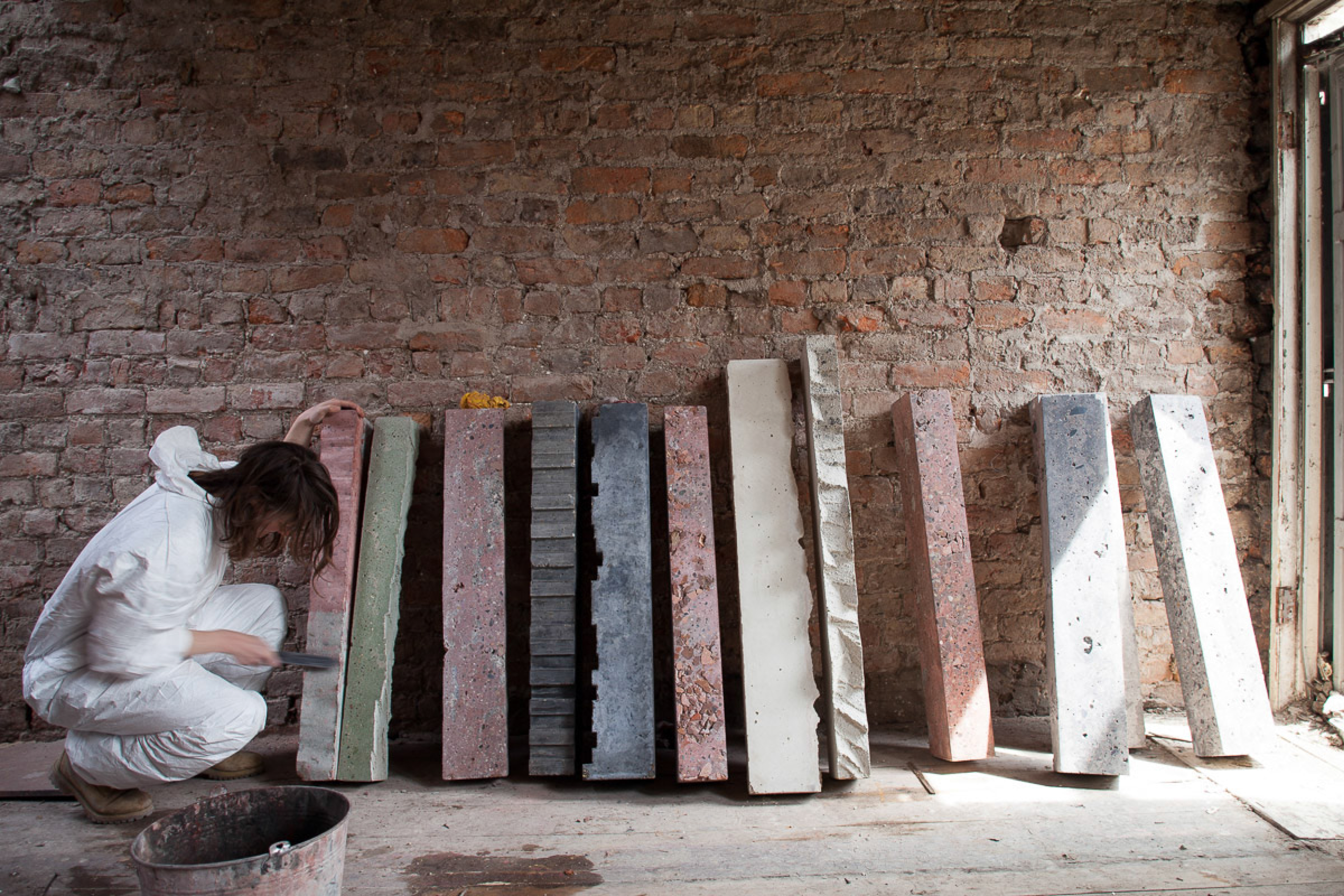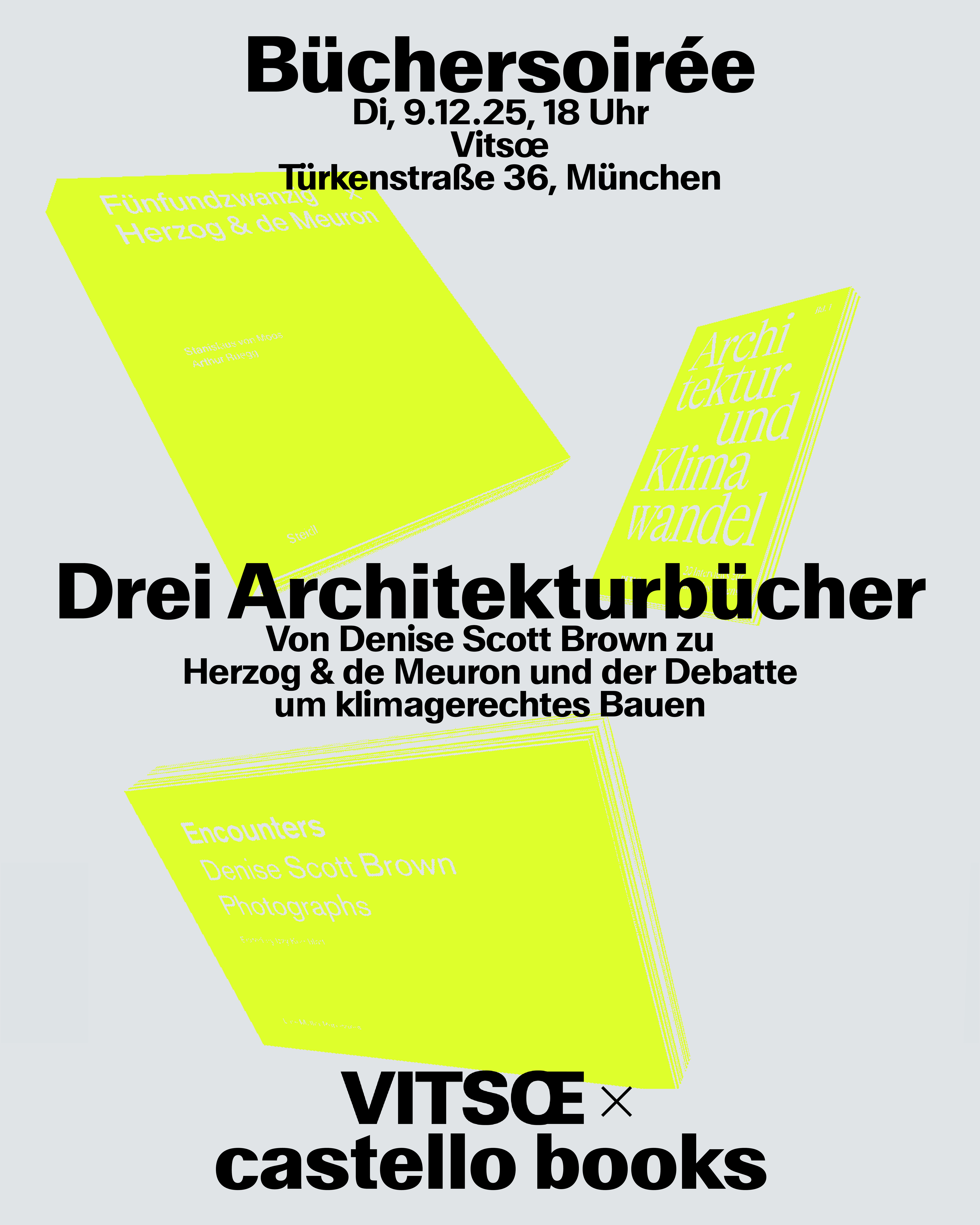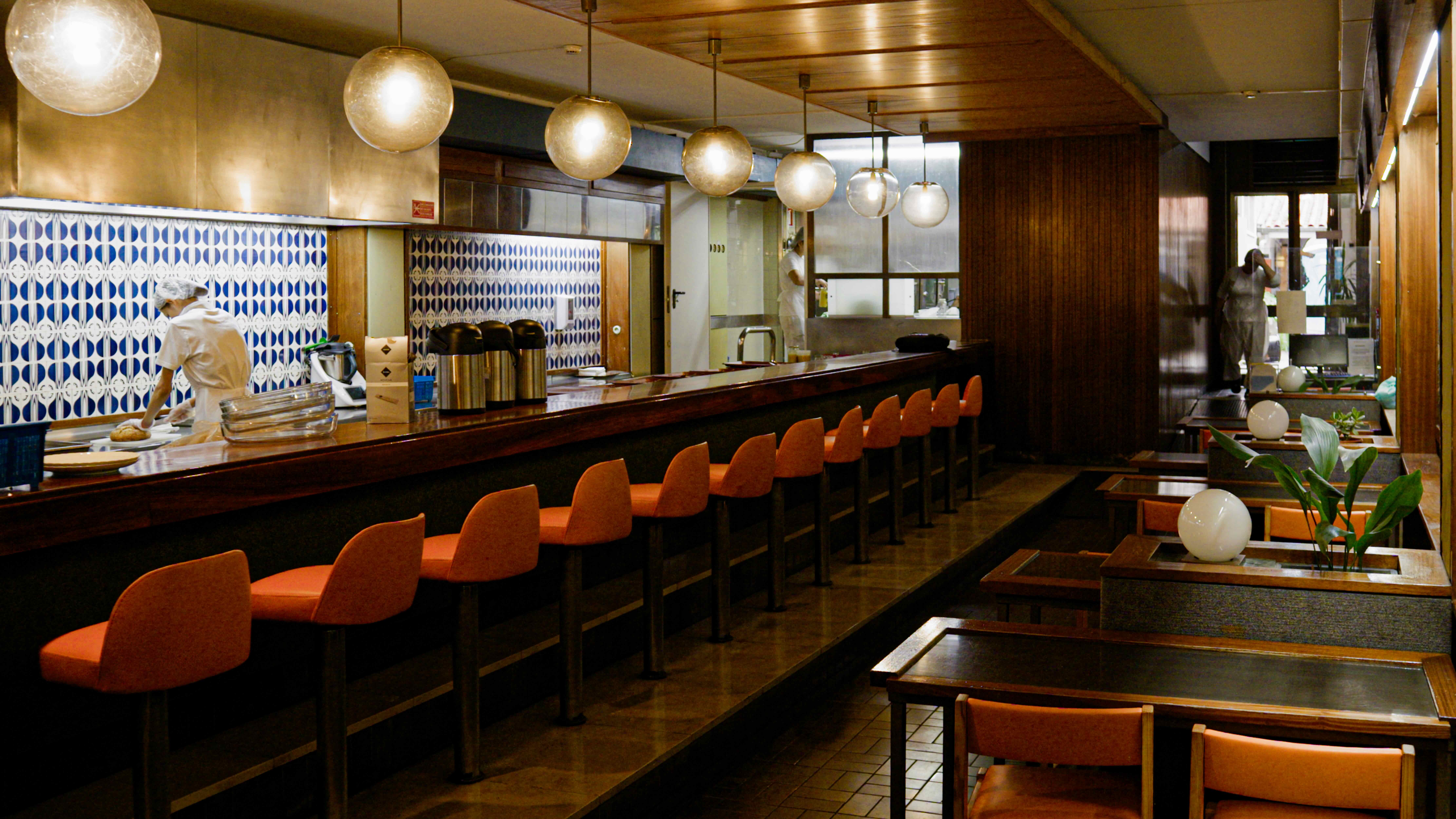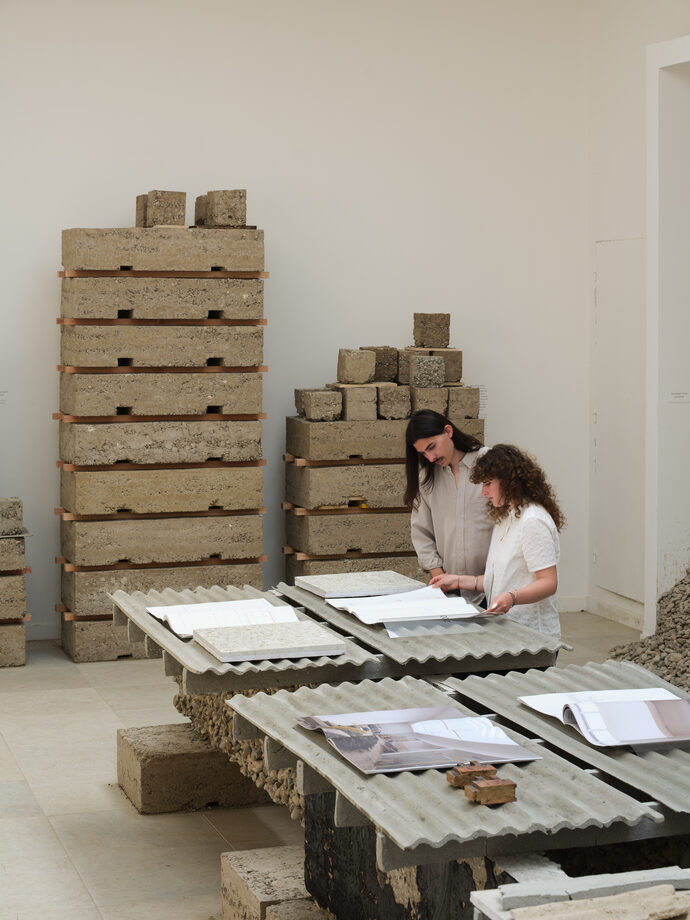The Politics of Images, DAMn magazine #50
Somewhere in the middle of nowhere… a weirdly magenta painted church flanks the deserted road. In the foreground, a forest of signs announces the price of petrol and various other things on offer at a nearby service station. The sky is leaden, bare trees line the lonely scenery. On the right is a takeaway occupying a small yellow hut that seems like a dolls’ house. It has a no-parking sign in front of it and a satellite dish on the roof. Looking closer, you can spot a man with a white coat at the entrance.
Peter Bialobrzeski’s photographs from the Die zweite Heimat (The second home) series document the photographer’s journey shortly before the 25th anniversary of German reunification in October of this
year. His images show the social surface of the country, as if the photographer is looking at it from the outside. “Photography can’t help but be documentary”, he says. “But you need an author to occupy a viewpoint, and you need a certain time that defines the context.” It is this definition of the context that turns Bialobrzeski’s series into a political statement. As observations of everyday scenes, his photographs are critical notes of a fragmented reality of spaces and buildings, landscapes and urban environments. But nevertheless, you would not tend to consider them architectural photographs in the proper sense, rather seeing them as art instead.
Minding the Matter
The Zoom! exhibition in Munich, curated by Hilde Strobl, looks beyond conventional and technically perfect images of architecture. Frankly, this show of photographs ignores the kind of images we are
used to seeing in magazines, newspapers, and blogs – works that are often commissioned by architects or by other clients, with very clear intentions, showcasing a glittering world that turns buildings into perfect icons and self-satisfied objects while daily life and non-glamorous spots are completely cut out. Photography is too often misused for commercial interests, most especially as an instrument for advertising; we are much too used to it being a compliant tutor for promotional strategies. But there is also another side, where photography can evolve as an independent art form and maintain a critical distance – as Peter Bialobrzki’s images do. The exhibition in Munich has gathered together photographs and videos by 18 international artists who document rchitecture in very different ways. Some are more subjective and some less, but all have in common their conceptual independence. The authors did not have to follow a client’s wish; they made up their own minds. The images show people and spaces, like the hidden makeshift zones for Moslems in Italy, and the consequences of dramatically expanding urbanisation in Lagos, and the ghostly scenery of villages in Bavaria that speak of unstoppable shrinkage. Munich based photographers Myrzik and Jarisch are also included in this series, along with interviews with local people. Overloaded roads, abandoned buildings, and provisional, temporary interiors are not staged in the exhibition, but become the protagonists in stories that tell of social, political, or economic circumstances.
Where are the people?
The short films by Portuguese photographer Nuno Cera record the endless traffic on Dubai roads and the urban contradictions in Shanghai – they lend an insight into life in massive housing complexes and explore the reshaping landscapes in megacities. Roman Beziak’s works from the Socialist Modernism series confront the viewer with continuous housing blocks and façades of buildings from the postwar period that create a monotonous, convertible setting of relics from another era, regardless of whether they are situated in the Ukraine, in Poland, or in the Baltic countries. Alternatively, Eva Leitolf makes clear with her images that architectural photography must confront the challenge to uncover social evils and personal destinies. She began with her Postcards from Europe series in 2006, and continues to collect photographs and texts on conflict situations involving refugees within the European Union and at its outer boarders in Spain and southern Italy. With her camera, Leitolf looks at the handling of refugees, and at towns, buildings, and interiors, where exclusion, xenophobia, and violence occur. Parts of her growing archive are being shown in Munich. These scary and at the same time beautiful photographs show deserted places, and the short texts explaining what happened there create a calculated unease in the viewer Back in the 1970s, Bernd and Hilla Becher, who were teaching at the Du?sseldorf Academy, also omitted people from their photographs. After having been showcased at Documenta 5, the black-and-white images of industrial buildings were considered art, and as a consequence, architectural photography in general obtained this dimension as a possible route. Today, the Bechers’s oeuvre is collected in international museums, as are the works of their students Candida Höfer, Andreas Gursky, and Thomas Ruff. Their photographs might be very diverse, but they all have one thing in common: the human being plays no role at all in them. Maybe it is finally time for a new generation of photographers, those who do not look the other way but clearly focus on the presence of people, thereby revealing their relationship to architecture.
Text: Sandra Hofmeister





